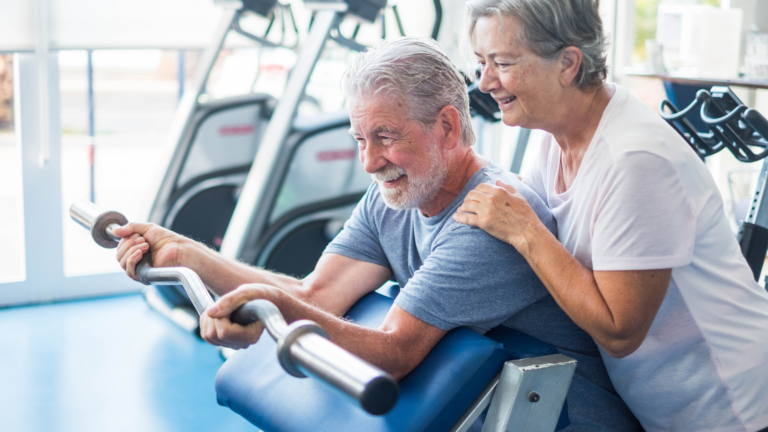
Health
The importance of physical exercise in old age
Posted 7 days ago 11,752 views Reading time 4 min

As we age, the body tends to lose strength and muscle mass. This begins around age 35, but intensifies after age 60. However, studies show that exercising your muscles can reverse this process. Weakening of the muscles makes it difficult to carry out everyday activities, such as walking, climbing stairs and carrying shopping, as well as impairing balance, increasing the risk of falls.
If carried out under medical supervision, weight training is safe even for those who are not in perfect health. In fact, this type of exercise can reduce the symptoms of some diseases in the following ways:
- Arthritis – weight training reduces pain and stiffness, and increases strength and flexibility;
- Type 2 diabetes – weight training improves blood glucose control;
- Osteoporosis – weight training strengthens bones and reduces the risk of falls;
- Heart disease – bodybuilding controls cholesterol and improves physical conditioning;
- Obesity – weight training burns calories and helps maintain a healthy weight;
- Back pain – weight training increases muscle strength in the back and abdomen, reducing stress on the spine.
Strength training can also help you sleep better, increase your sense of well-being, and reduce anxiety and depression.
How to practice bodybuilding in old age
You can achieve the benefits of weight training with two to three sessions per week, taking at least one day off between each session. Weight training should be performed in conjunction with aerobic exercises, around 30 minutes a day, such as walking or water aerobics.
Generally, the best way to do bodybuilding in old age is by lifting light weights. But before you start doing any type of exercise, it’s essential to talk to your doctor to make sure they’re safe and right for you. And remember, don’t demand more than your body can handle.
